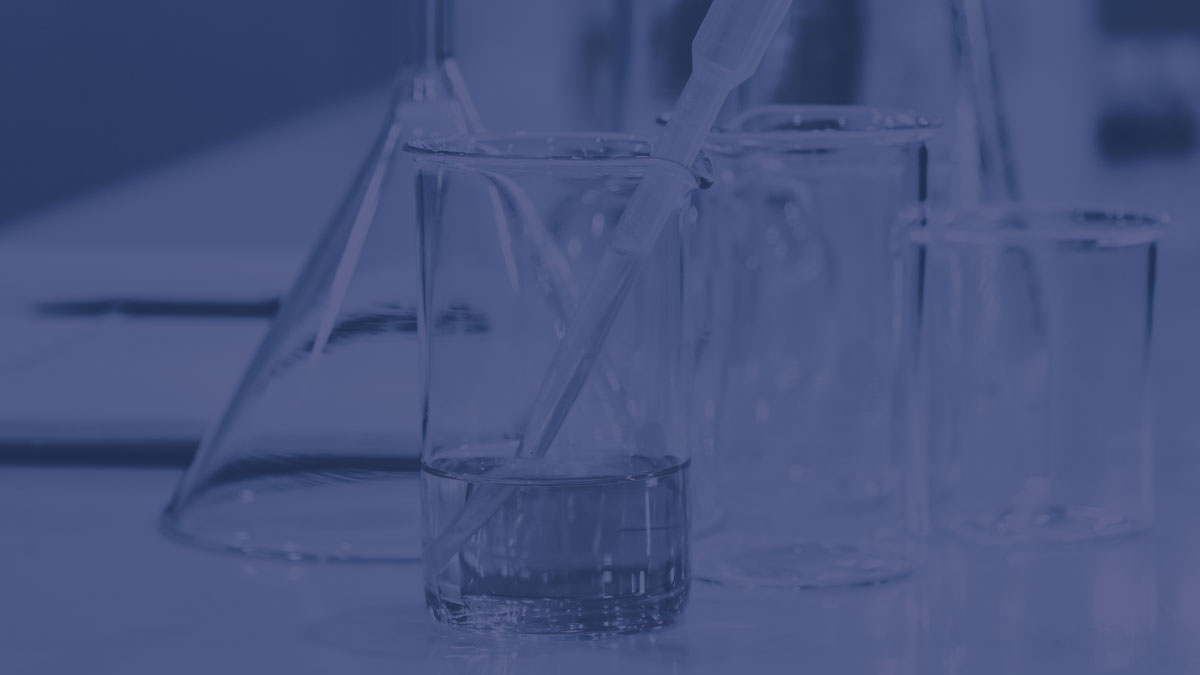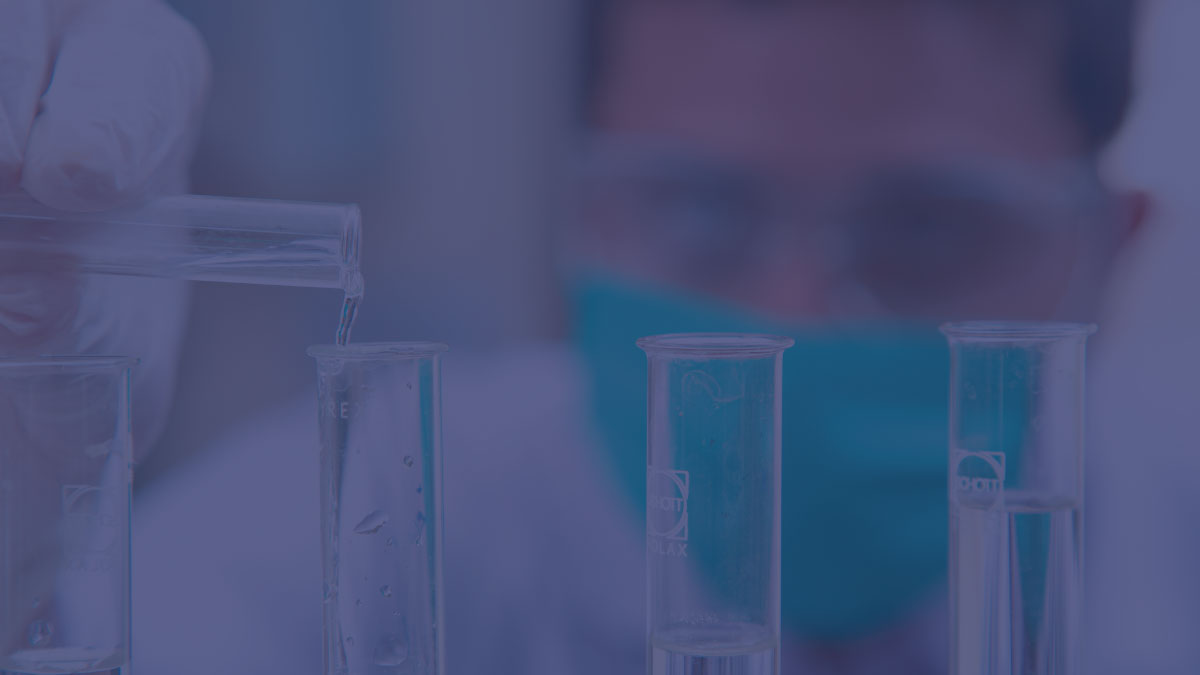Service Ecosystem
Lead OptimizationDuring the Lead Optimization phase, analytical studies are carried out to establish the validity of the the drug candidates, and to improve/refine the molecules in order ameliorate their druggability.
Metabolite Identification (Met ID), Profiling & Characterization
These assays identify the number, putative structure, and proposed biotransformation of metabolites produced as a result of interaction with drug-metabolizing enzymes at various sites of metabolism. This approach allows to establish: (i) number of metabolites detectable in each species; (ii) proposed biotransformation that led to their formation; (iii) potential human-specific metabolites; (iv) metabolites at disproportionately higher levers in human than other species; (v) UV peaks for parent and metabolites; (vi) proposed metabolite structures and fragmentation assignments.
Send request

Metabolism-mediated-Drug-Drug Interactions (DDI)
CYP inhibition and induction assays for 3A4, 2B6, 2D6, 1A2, 2C8, 2C9, 2C19 and other isoforms according to the FDA and EMA regulatory guidelines. CYP induction assays can performed by measuring gene expression levels by real time qPCR (mRNA analysis) or by traditional methods of measuring enzyme activity and are available in cultured primary hepatocytes from human and animal species.
Send request

Metabolic stability
These assays measure intrinsic clearance and determine the extent to which a drug will be metabolized. Multiple test systems are available to cover all major enzymes and pathways. In vitro test systems in different matrices and species including liver microsomes, hepatocytes, S9 fractions, blood and plasma, and recombinant enzymes, from animal and human species.
Send request

Lipophilicity analysis
Determination of log P and log D values of drug candidates by using the Organization for Economic Co-operation and Development (OECD) standard guideline of the shake-flask method followed by UV-Vis and HPLC analysis.
Send request

Impurity Profiling
Isolation of impurities and degradation products through various methods to purify or isolate the compound (e.g., Liquid-liquid extraction, purification in normal phase or reversed-phase, semi-preparative HPLC, crystallization…).
Achieve of all the required analyses for the compound characterization and relative certificate of analysis (CoA) (e.g., H NMR, C NMR, mass spectrum, HPLC analysis, infrared spectrum, melting point, water content by Karl Fischer titration…)
Send request

High-throughput (HT) solubility studies
High-throughput solubility tests to screen large numbers of candidate compounds efficiently and accurately. Equipment automates spectral data processing and HPLC methods so that you can run hundreds of samples per week.
Send request





